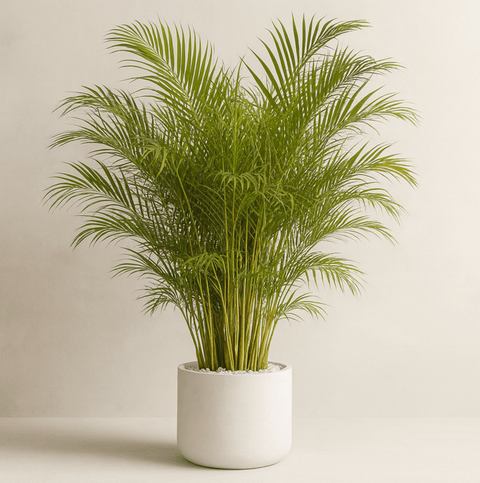Introduction
As the cooler months approach, designing a garden for fall becomes an exciting opportunity to refresh your outdoor space. For those dealing with shaded areas, choosing the right plants can be a challenge, but incorporating shade-tolerant varieties brings unique benefits. These plants thrive in low light, offering rich colors and textures throughout the fall season.

1. Understanding Shade in the Garden
A. Types of Shade
- Full shade: Areas that receive less than two hours of direct sunlight per day.
- Partial shade: Locations that receive 3-6 hours of sunlight, often in the morning or late afternoon.
- Influence of tree canopy and structures: How trees, fences, and buildings cast shade.
B. Assessing Your Garden's Light Conditions
Evaluating sunlight exposure throughout the day helps determine the type of shade your garden receives. Track how much direct and filtered sunlight various areas get, noting changes during different seasons.
2. Benefits of a Fall Garden
A. Extended Blooming Season
Fall gardens can provide extended beauty, with shade-tolerant plants offering vibrant foliage and late blooms.
B. Creating Habitat for Wildlife
By choosing the right plants, you can attract birds, pollinators, and other beneficial insects, creating a thriving ecosystem in your shaded garden.

3. Choosing Shade-Tolerant Plants
A. Categories of Shade-Tolerant Plants
- Perennials
- Annuals
- Ferns
- Shrubs
B. Top Shade-Tolerant Plants for Fall
- Hostas: Known for their large, textured leaves, hostas come in a variety of colors perfect for adding depth to fall gardens.
- Ferns: Provide a lush, green backdrop that thrives in shaded areas.
- Astilbes: Featuring feathery blooms and vibrant foliage, astilbes add a pop of color in low-light spaces.
4. Designing Your Fall Shade Garden
A. Layout and Arrangement Tips
Design your garden by layering plants of different heights for depth and visual interest. Combine plants with varying textures and colors to create a dynamic space.
B. Incorporating Hardscaping Elements
Consider adding pathways, benches, or decorative stones to enhance the overall design and function of your garden.
C. Seasonal Decorations
Embrace the fall season by incorporating pumpkins, gourds, and other autumn-themed decor throughout your garden.
5. Maintenance Tips for Fall Gardens

A. Watering and Fertilizing
Shade-tolerant plants typically require less water than those in sunny areas. Be sure to keep soil moist but not waterlogged, and apply slow-release fertilizers at the beginning of the fall season.
B. Pruning and Cleaning Up
Prune plants as needed to remove dead or damaged leaves, and prepare your garden for winter by clearing away debris.
6. Conclusion
Designing a fall garden with shade-tolerant plants not only extends the beauty of your outdoor space but also supports local wildlife. Start planning your shaded garden today, and enjoy the unique textures and colors that thrive in the cool autumn months.
Have you designed a fall garden? Share your experience in the comments below!























Comments (0)
There are no comments for this article. Be the first one to leave a message!